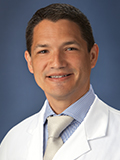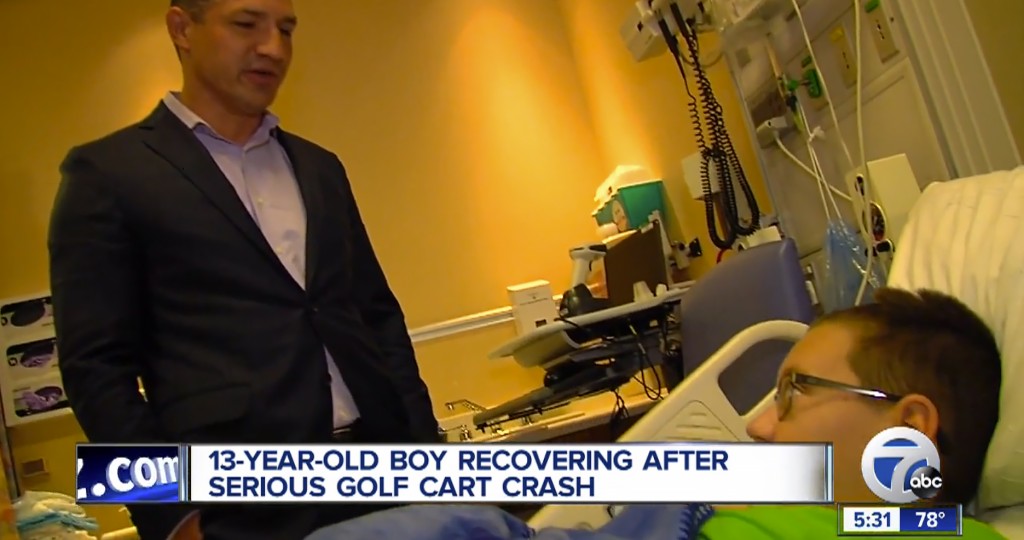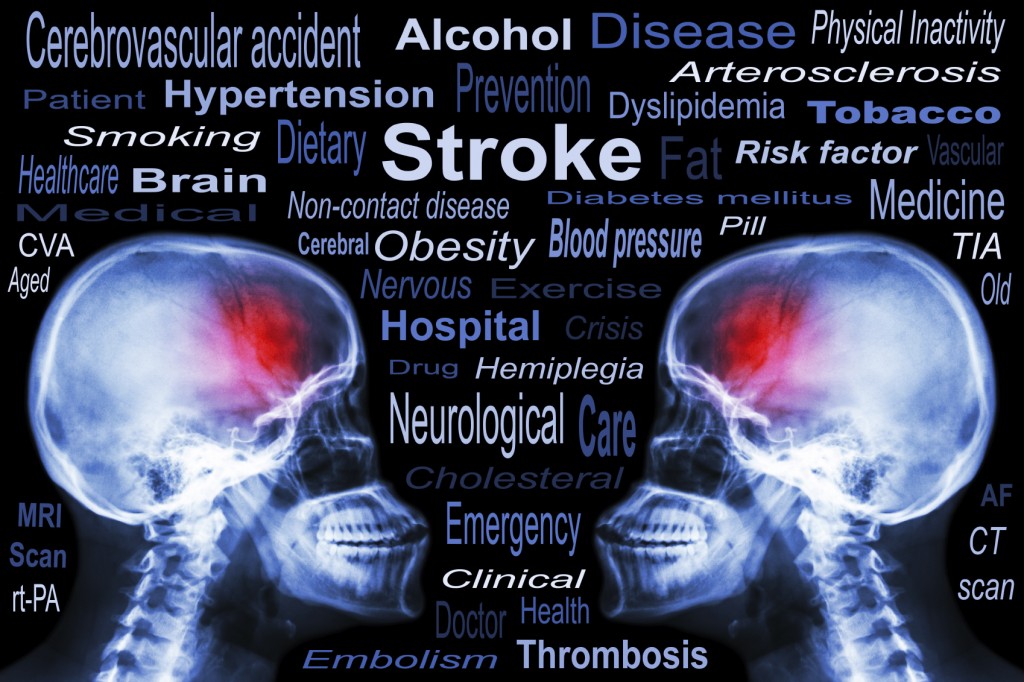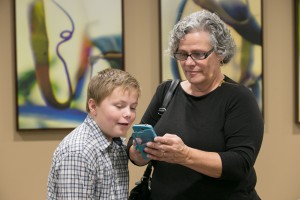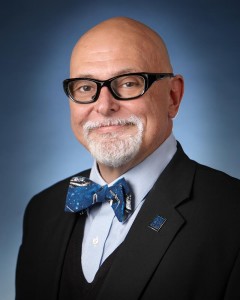 In her early thirties, Amy experienced very bad and massive migraine headaches. At that time, she went to see a neurosurgeon and was diagnosed with Chiari I malformation. Amy was told she could have brain surgery, but it was an elective surgery. She was told if it’s not bothering you – you shouldn’t fix it. Fast forward to now at age 43.
In her early thirties, Amy experienced very bad and massive migraine headaches. At that time, she went to see a neurosurgeon and was diagnosed with Chiari I malformation. Amy was told she could have brain surgery, but it was an elective surgery. She was told if it’s not bothering you – you shouldn’t fix it. Fast forward to now at age 43.
Amy is a kindergarten teacher of 27 students in her classroom. She would be exhausted and fight to stay awake. Everyday would be a challenge because of fatigue, headaches, and continuous scratching herself to stay awake. Five minutes driving in the car would be very stressful for her and falling asleep at the wheel was becoming a serious issue for Amy.
Chiari malformations are structural defects that occur in the cerebellum, the part of the brain that controls coordination and muscle movement. Previous estimates were that malformations occur in about one in every 1,000 births, but increased use of diagnostic imaging indicates that the disorder may be more common than once thought.
What is Chiari Malformation?
Holly Gilmer, M.D., neurosurgeon and a leading expert in Chiari malformation explains that older children experience headaches, dizziness, ringing in the ears, and problems with vision. One of the most frequent presentations is scoliosis with none of these symptoms except infrequent headaches. Some children may not have noticeable symptoms until adolescence or adulthood. In teen and adult years, problems can include persistent headaches, neck pain, and weakness and/or numbness and tingling in the arms and legs.
Adult symptoms include neck pain, balance problems, muscle weakness, numbness or other abnormal feelings in the arms or legs, dizziness, vision problems, difficulty swallowing, ringing or buzzing in the ears, hearing loss, vomiting, insomnia, or headache made worse by coughing, laughing, or straining. Hand-eye coordination and fine motor skills may be affected. Symptoms can change over time depending on the build-up of cerebrospinal fluid and pressure on the brain, spinal cord, and nerves.
Dr. Gilmer says that “surgical treatment to correct the compression involves removing a portion of the skull and usually part of the C1 vertebra. The cerebellar tonsils are usually partially removed. We always open the covering of the brain (dura) and use an expansion graft to make the dura larger and give the brain more room to expand.”
“It only takes one person to change your life and I’m very grateful to Dr. Gilmer and Michigan Head & Spine Institute,” says Amy.
To refer a patient for diagnosis of Chiari malformation or evaluation for decompression surgery, call 248-784-3667.
